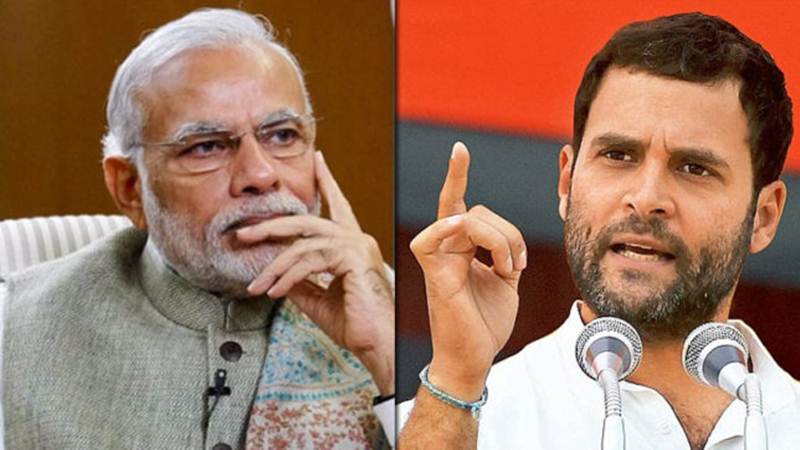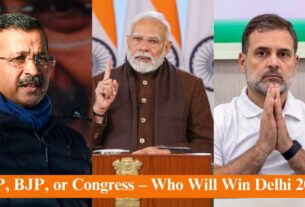More than 100 million voters in 5 states across India went to the voting polls in November and December. The results announced on 11 December 2018 put the present governing BJP (Bharatiya Janata Party) led by Prime Minister Narendra Modi on the defensive, they did not win even a single state. National elections to be held in May 2019 and for the first time, the BJP no longer looks invincible in 2019 Indian elections.
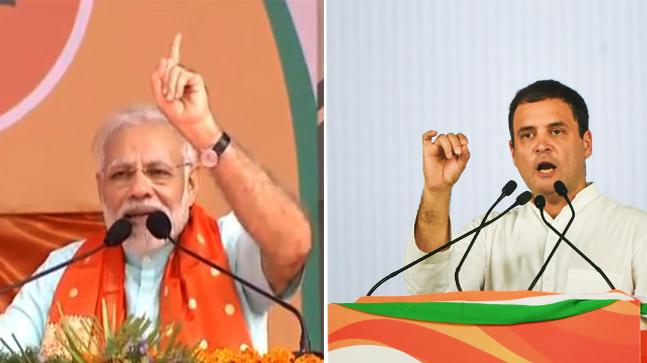
It seemed like 11 December 2018 that the BJP had all the political powers and popularity. In 2014, BJP won the first single-party majority in 30 years in the lower house of parliament. Then, followed this by getting power in the state after state and controlling 21 of India’s 29 state-level assemblies by the month of May 2018. PM Modi’s policy focus on jobs, economic growth, and good governance appealed to voters and his much efforts to boost foreign investment to India and prompt manufacturing attracted global attention. What’s more, the INC (Indian National Congress) party-had dominated politics for most of India’s history since 1947 independence – had a much-diminished presence, with not sufficient seats in the lower house for holding formal opposition status. In the states also, the party’s control decreased as it kept losing out to the BJP party.
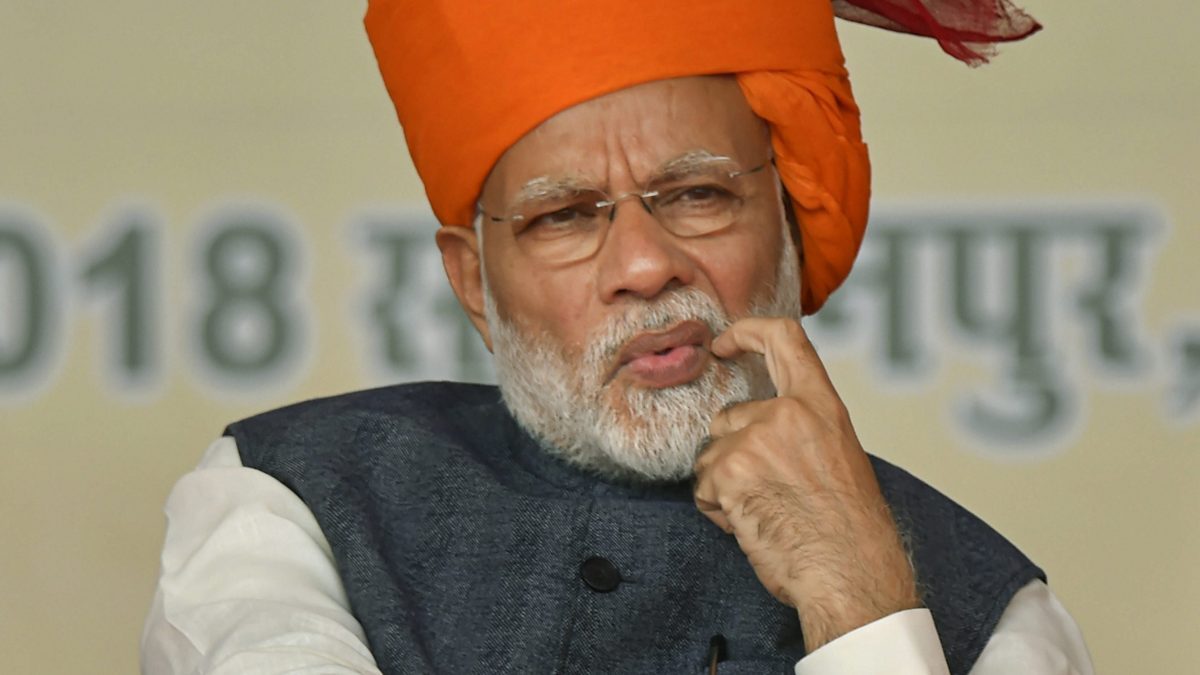
So, what was the reason?
As it is too early to have a full image of why voters rejected the BJP in all of five states. Despite all this, Modi’s government placed an economic growth and employment, it has not provided sufficient jobs for India’s population. Many stories circulate regularly about the 20 individuals for just 1 Lakh jobs in the railway service or other examples of prohibitive odds.
The unemployment rate as measured by the CMIE (Centre for Monitoring Indian Economy) has been increasing slowly over the last years and reached 6.62% as of November 2018. Most of India remains rural.
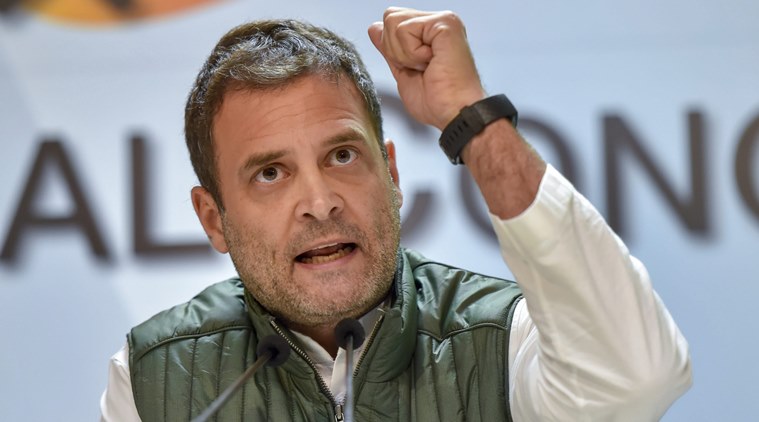
It also seems that two policy steps that Prime Minister Modi Govt. took in the name of reform also lead in economic distress. The first was demonetization in the month of November 2016 and was billed as an anti-corruption measure. Almost 90% of the Indian’s currency notes by value are taken out of circulation under that policy. For instance, new notes had a different size that did not fit into ATMs and lead to recalibration delays that deepened the shock, cause economic activity in the informal, cash-based economy to freeze. It puts too trouble for small businesses and workers throughout the informal sector. The second one is goods and services tax which had a complicated debut that adds difficulty to some businesses as well.
Check: PM Narendra Modi Released Rs 100 Coin In The Memory Of Former PM Atal Bihari Vajpayee
So, do you think, will India have a new prime minister after the 2019 elections?


